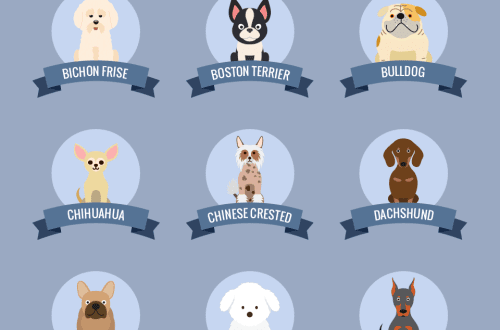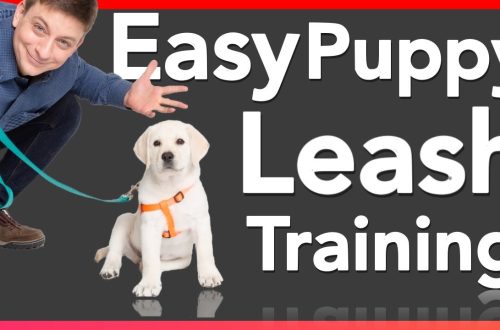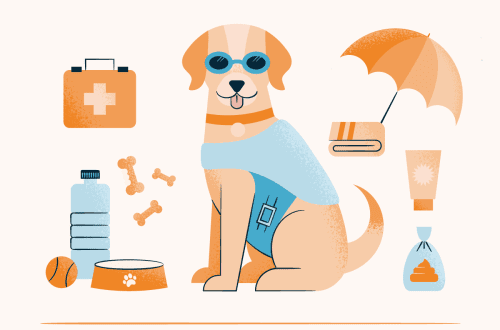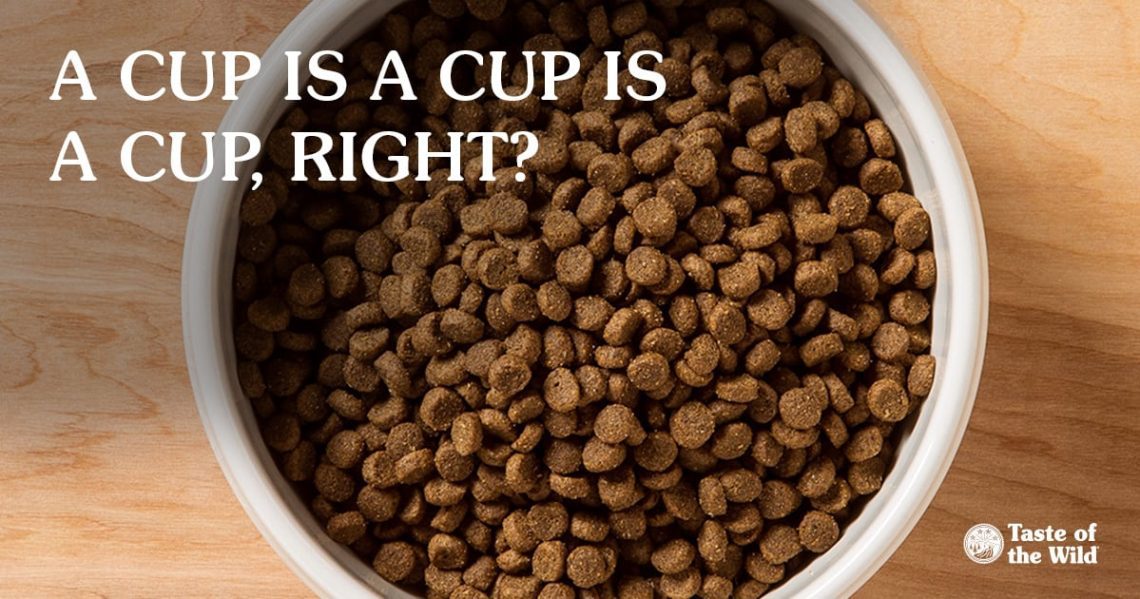
Ger hûn kûçikê di polê de bixwin meriv çawa para rojane ya xwarinê dabeş dike?
If you are training your dog with positive reinforcement, you often reward your dog. And one of the most effective rewards, at least at the initial stage, is, of course, a treat. And here many owners face a problem.
You need to encourage the dog often, which means that he eats a large amount of a variety of food in the classroom. And plus gets a “ration” from a bowl at home. As a result, we risk getting a ball with legs instead of a dog. Therefore, the daily portion of the dog’s food must be divided.
Wêne: pixabay.com
Contents
Ger hûn kûçikê di polê de bixwin meriv çawa para rojane ya xwarinê dabeş dike?
First of all, you need to measure the daily portion of the dog. And then it all depends on when you are engaged with a pet.
For example, if classes are held in the morning, you can not feed the dog breakfast, but give it to the lesson, leaving dinner unchanged. If classes are held in the evening, the promotion can be given out instead of dinner. Or give 30 – 50% of breakfast from a bowl, then feed the dog in class (for example, in the afternoon), and give the rest of the daily diet for dinner. There are many options.
In any case, the food you give your dog as a reward in class should be part of the daily diet, not an addition to it. So you do not risk overfeeding the dog. After all, overfeeding is not only a decrease in motivation to exercise, but also potential health problems. It’s better not to risk it.
As a rule, at the initial stage, I advise to divide the dog’s diet as follows:
- At least 30% of the food the dog receives from the bowl at the usual time.
- A maximum of 70% of the food the dog receives as a reward in the classroom.
Subsequently, as you reward the dog with less and less treats, this ratio changes in favor of increasing the amount of food the dog eats from the bowl.
But such a division is “the average temperature in the hospital,” and it all depends, of course, on the particular dog and its owner.
For example, sometimes owners are advised to feed the dog solely for work – in class or on the street.
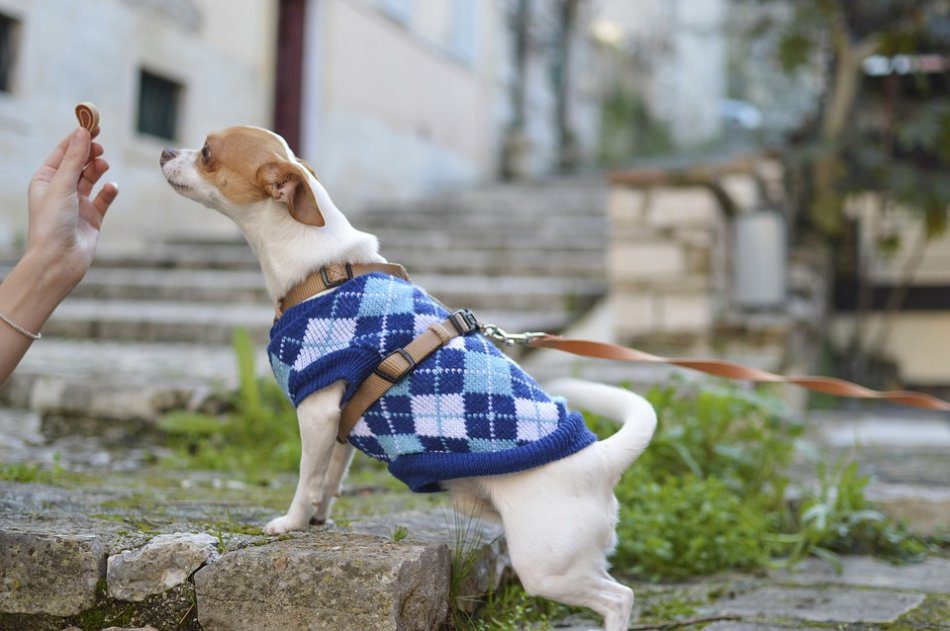



Kişandina Wêne: pixabay.com
Can I feed my dog only in class or on walks?
In principle, you can feed the dog only in class or on walks. But only if the following conditions are met:
- The food that the dog receives in classes or on walks is suitable for the dog.
- The dog eats during the day his normal portion (no less).
However, there are pitfalls in this approach. And one of them is the well-being of the dog in general.
One aspect of a dog’s well-being is the optimal balance between predictability and environmental diversity. Because too much predictability and too little variety causes boredom (and therefore behavioral problems) in a dog. Too little predictability and too much variety is the cause of distress (“bad” stress), and, again, behavioral problems.
How does feeding affect this, you ask? In the most direct way.
The fact is that feeding at a certain time in a certain place is one of the elements of predictability in a dog’s life. Feeding in class and on walks is an element of variety, because the dog does not know when exactly he will be given a treat (especially if you have already switched to variable reinforcement).
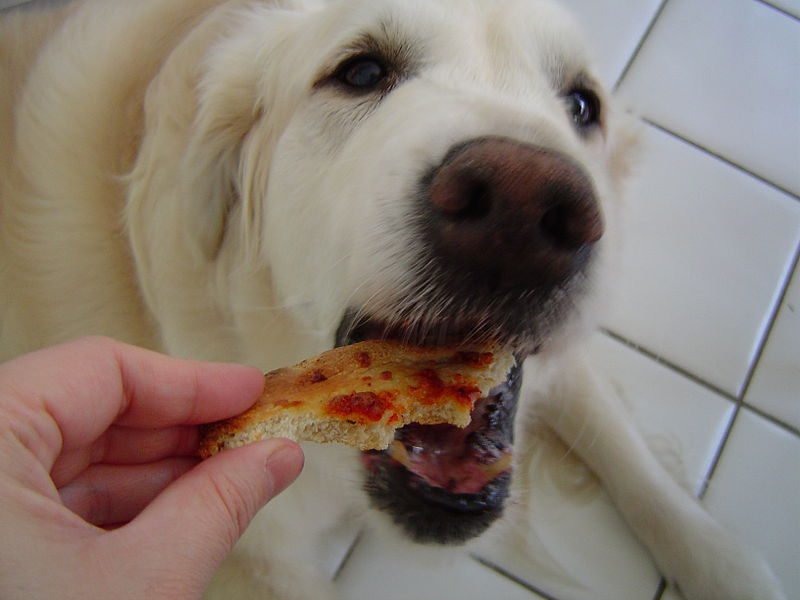



Wêne: wikimedia.org
Therefore, if the dog’s life is generally orderly and subject to a clear regimen, he does not have too many new experiences, and one of the most striking is classes, you can feed the dog only during classes and walks to add variety to his life. But if the dog lives in a very enriched environment, constantly visits new places and meets new people and animals, it has a large physical and intellectual load, it does not hurt at all for a little “extra” predictability – that is, feeding on a schedule from your favorite bowl in one and the same place.
It is worth focusing on the individual characteristics of the dog. For example, if I start to feed my Airedale only during classes and walks, then instead of increasing the motivation to work (which he already has super high – he loves to work, and it doesn’t matter what he is offered as a reward), I will get an off-scale level of excitement, which means , behavior problems.
It turns out that what will benefit one dog will be harmful to another.
The final decision, of course, is up to the owner. And it would be good at the same time to assess the well-being of the dog in general and how feeding will be reflected in it exclusively in classes and walks.





